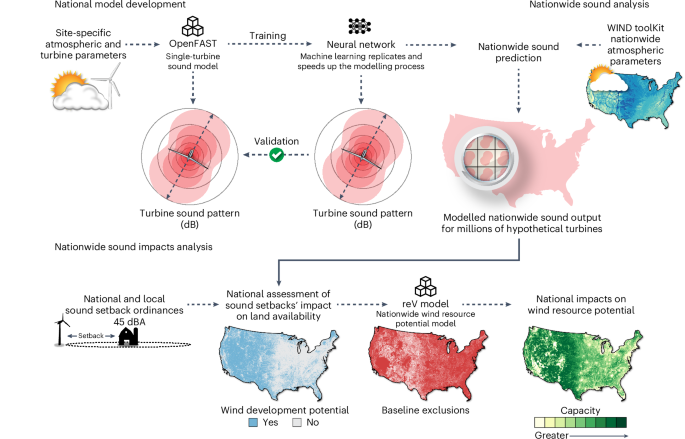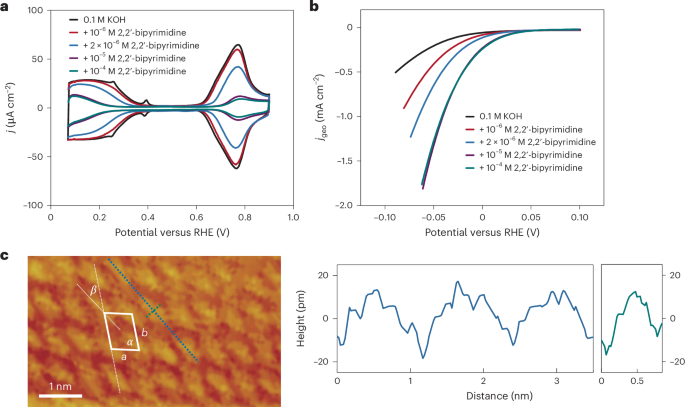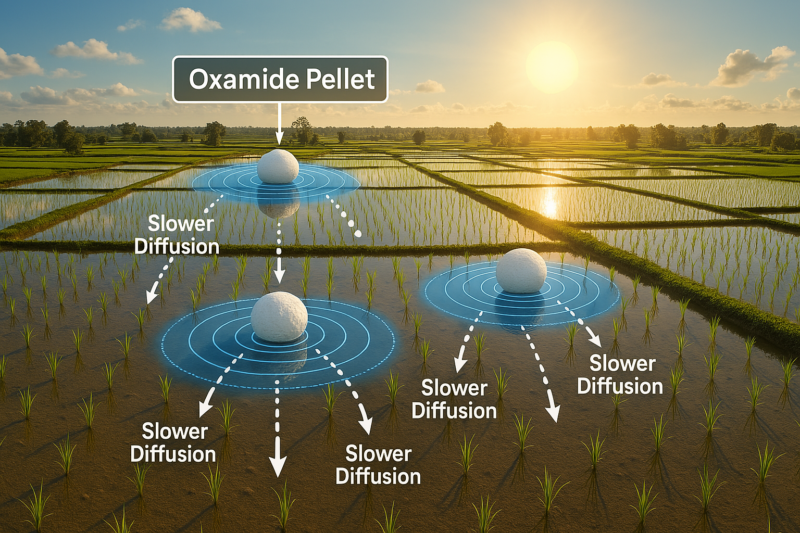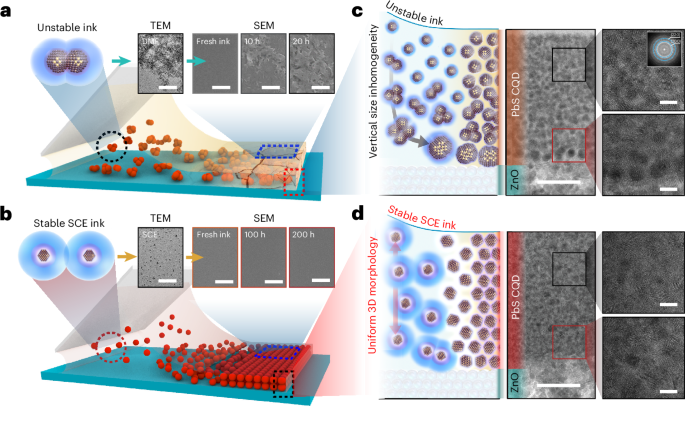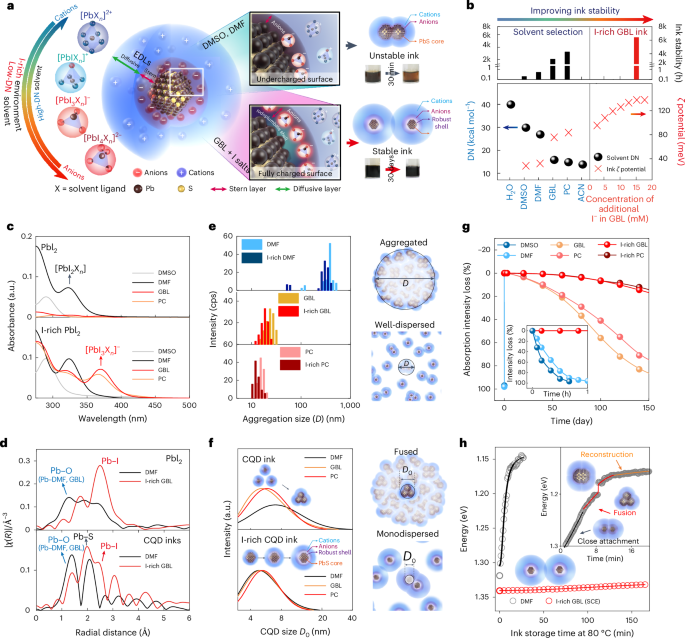The zona incerta negatively regulates the red nucleus during movement cued by sound signals
by Liang Chen, Xinxing Wang, Hanxiao Liu, Chenzhao He, Allen P. F. Chen, Lu Chen, Thomas A. Kim, Qiaojie Xiong Auditory signal-cued behaviors rely on a sophisticated neural network. While extensive research has focused on auditory processing and decision-making, the neural circuits governing motor coordination for goal-directed actions remain poorly understood. The red nucleus (RN) is essential for motor coordination, whereas the zona incerta (ZI) plays a key role in modulating sensorimotor circuits. Using tetrode recordings and optogenetics, we investigated the ZI-RN circuit’s role in an auditory-cued decision task. RN neurons were preferentially activated when mice moved to the contralateral port for a reward, and optogenetic activation biased choices toward the contralateral side. Notably, parvalbumin-positive ZI neurons projected to the RN and negatively regulated movement coordination. These findings reveal an inhibitory ZI-RN circuit that shapes auditory-cued, goal-directed movement.
by Liang Chen, Xinxing Wang, Hanxiao Liu, Chenzhao He, Allen P. F. Chen, Lu Chen, Thomas A. Kim, Qiaojie Xiong Auditory signal-cued behaviors rely on a sophisticated neural network. While extensive research has focused on auditory processing and decision-making, the neural circuits governing motor coordination for goal-directed actions remain poorly understood. The red nucleus (RN) is essential for motor coordination, whereas the zona incerta (ZI) plays a key role in modulating sensorimotor circuits. Using tetrode recordings and optogenetics, we investigated the ZI-RN circuit’s role in an auditory-cued decision task. RN neurons were preferentially activated when mice moved to the contralateral port for a reward, and optogenetic activation biased choices toward the contralateral side. Notably, parvalbumin-positive ZI neurons projected to the RN and negatively regulated movement coordination. These findings reveal an inhibitory ZI-RN circuit that shapes auditory-cued, goal-directed movement.






























































































![F/A-XX hints, icebreaker ambitions and previewing day two of Sea Air Space [VIDEO]](https://breakingdefense.com/wp-content/uploads/sites/3/2025/04/250407_SAS_2025_indopac_WELCH-scaled-e1744076170241.jpg?#)



























